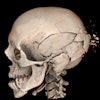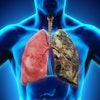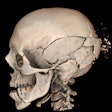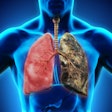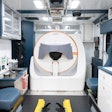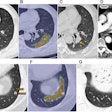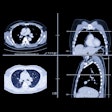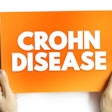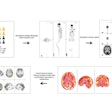Dear AuntMinnie Member,
CT lung cancer screening gained additional momentum last week after the U.S. Centers for Medicare and Medicaid Services (CMS) granted final approval for Medicare coverage of the exams.
The news was expected following a proposed recommendation in favor of CT screening that CMS had issued in November 2014. But last week's ruling included specific details on the parameters that CMS will require as conditions for reimbursement, and it includes some significant changes from the initial proposal.
For example, CMS will now pay for screening exams of high-risk smokers up to the age of 77, rather than 74 as originally proposed. The agency also tweaked its rules on facility accreditation, radiation dose, and the "shared decision-making process" that must happen before patients can receive their first screening exam. Learn more by clicking here.
The CMS announcement was only the prelude to a series of new developments in CT lung cancer screening. A study by researchers from Wake Forest University found that primary care providers apparently aren't getting the message about screening's value, and most are still hesitant to order the studies -- in fact, twice as many ordered chest x-ray rather than CT. Learn more by clicking here.
And a study published online today in the Annals of Internal Medicine found that using the Lung-RADS criteria for dealing with suspicious findings on screening exams successfully reduced false positives -- but also reduced sensitivity. Get the rest of the story by clicking here.
All the latest news on CT lung cancer screening is available in our CT Community, at ct.auntminnie.com.
Cardiac PET/MRI
In other news, German researchers analyzed PET/MRI for cardiac lesions and found that the modality is a double-edged sword in the heart.
The group from University Hospital Essen wanted to know if PET/MRI's proven value in oncology also held true for cardiac studies. So they explored the hybrid modality in a small patient population with cardiac pathology.
They found that PET/MRI performed well in terms of sensitivity and specificity, but its high cost and limited availability could be a disadvantage. Learn more by clicking here, or visit our Molecular Imaging Community at molecular.auntminnie.com.
Women in radiology
Finally, visit our Imaging Leaders Community for a new study on the number of women entering radiology. Researchers from the Ochsner Clinic Foundation in New Orleans found that most radiologists are male and in private practice -- but this could change as the older generation of radiologists retire. Learn more by clicking here, or visit the community at leaders.auntminnie.com.


